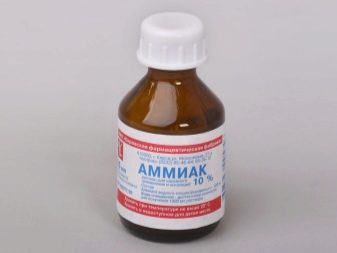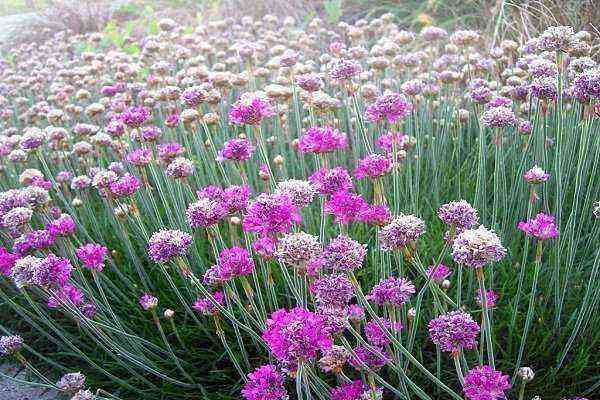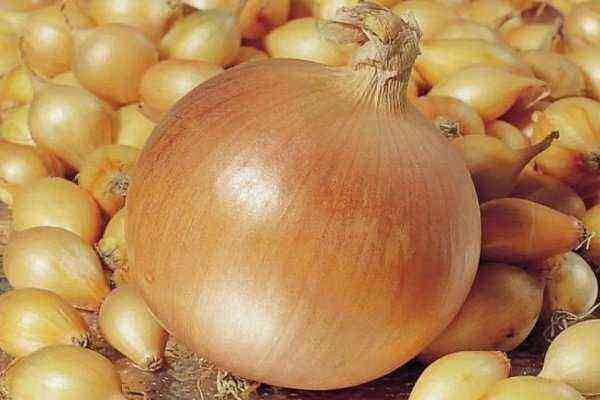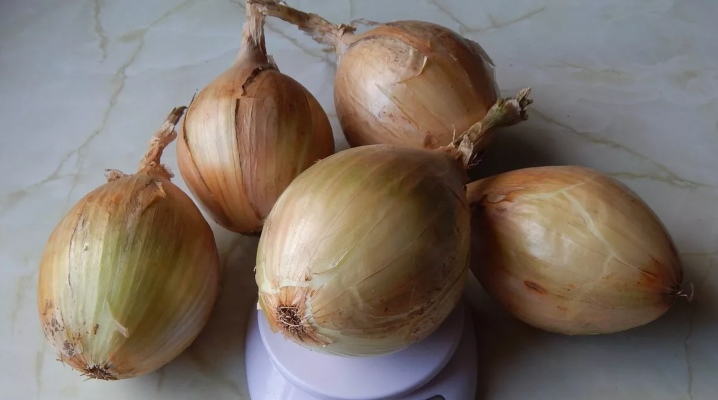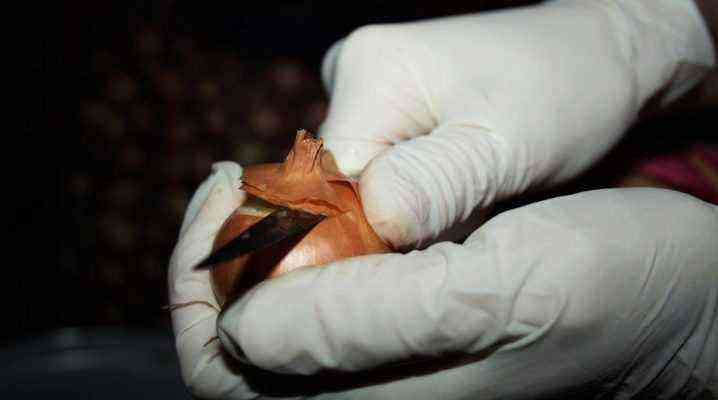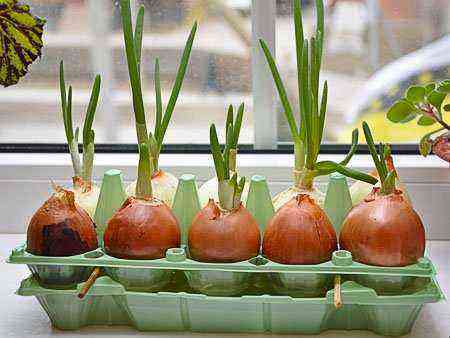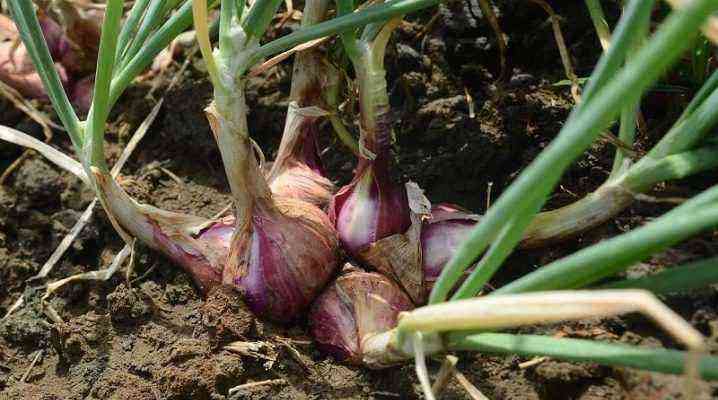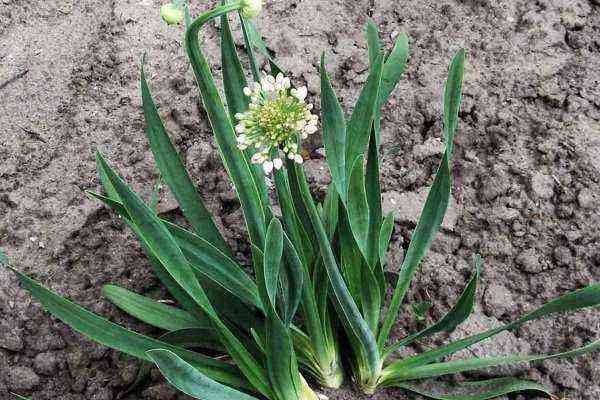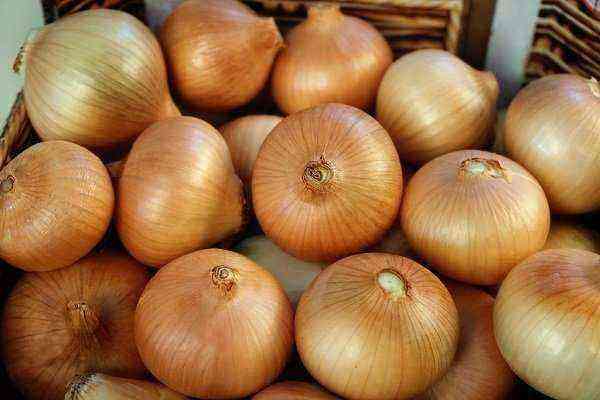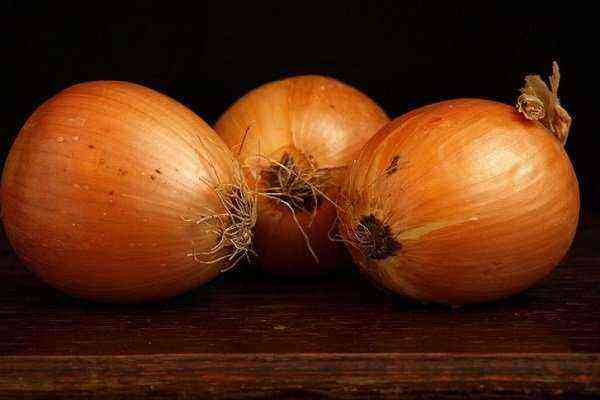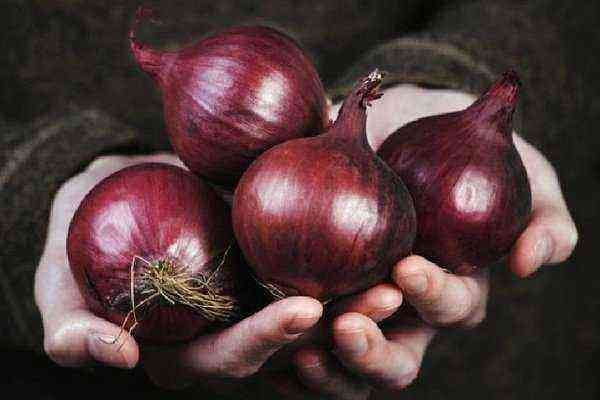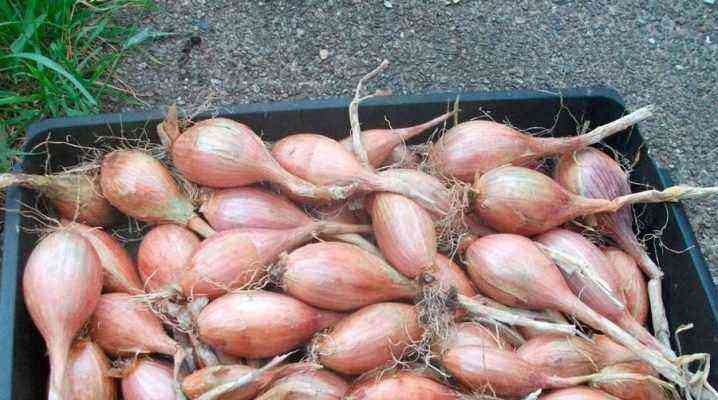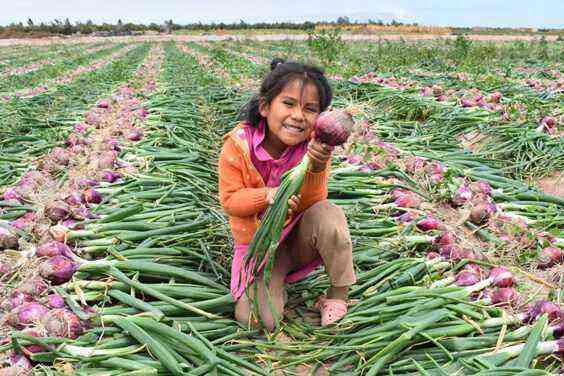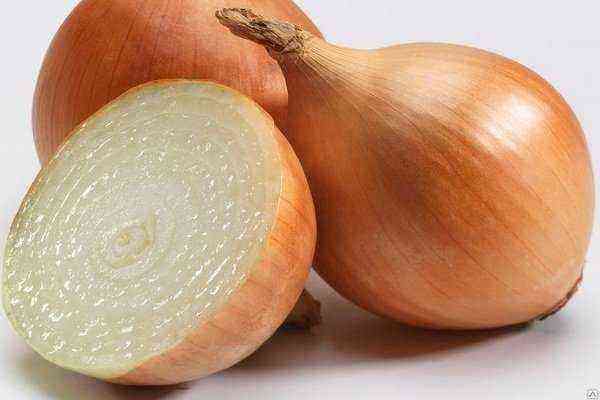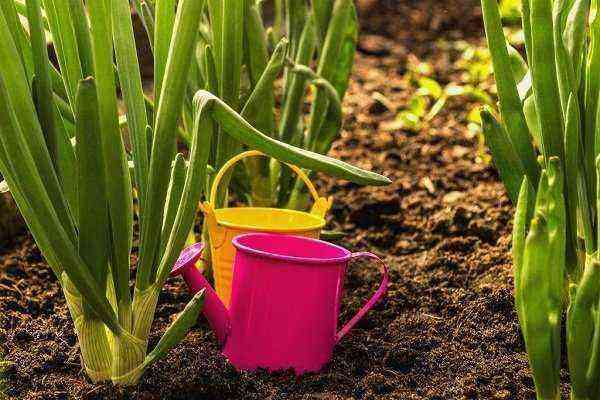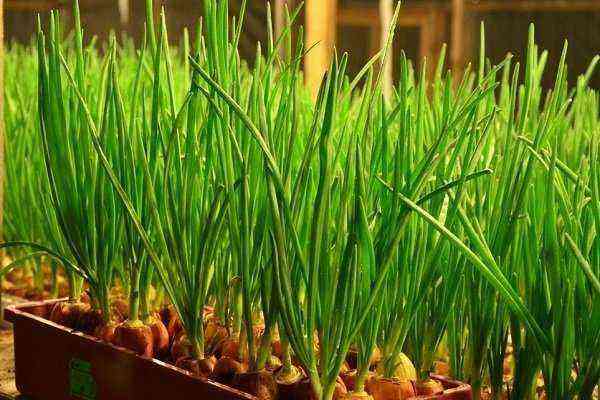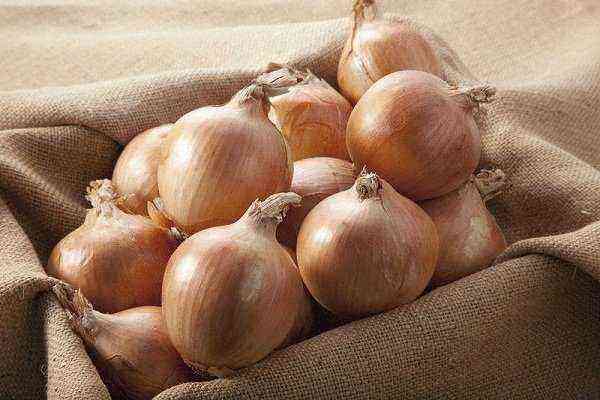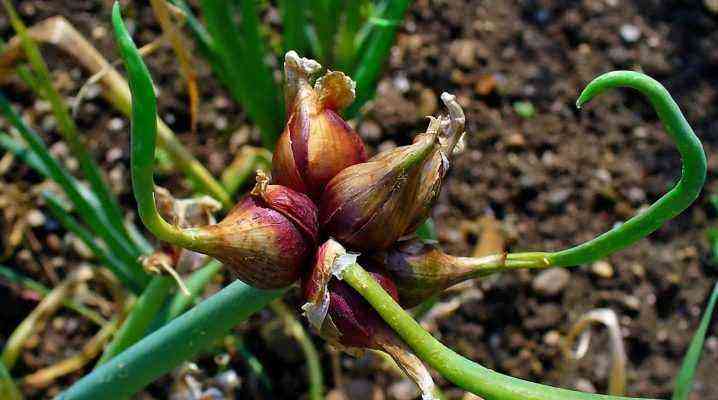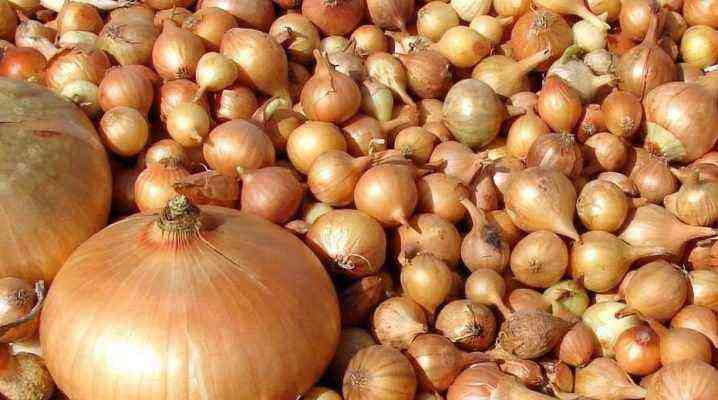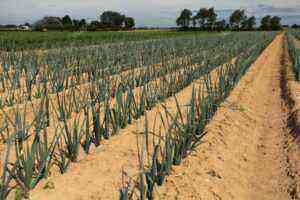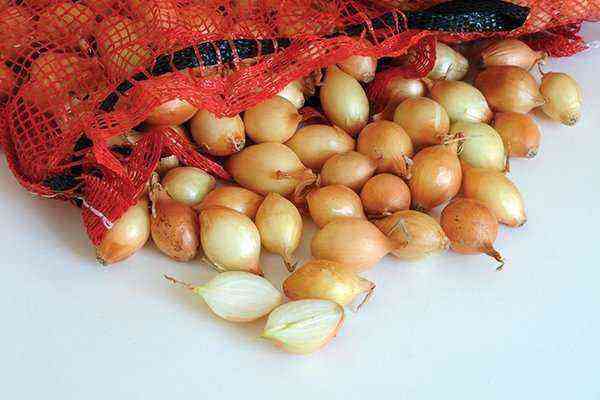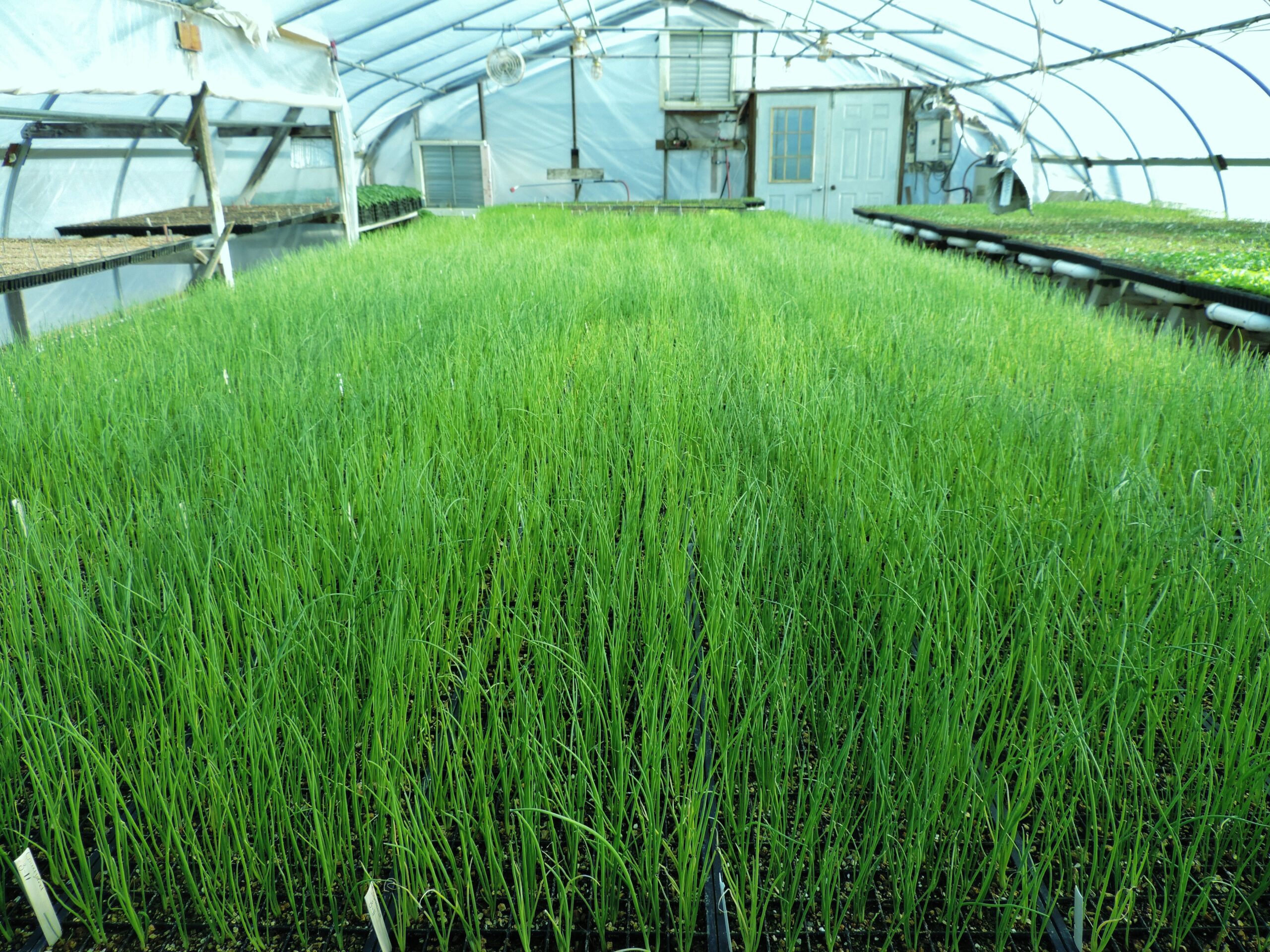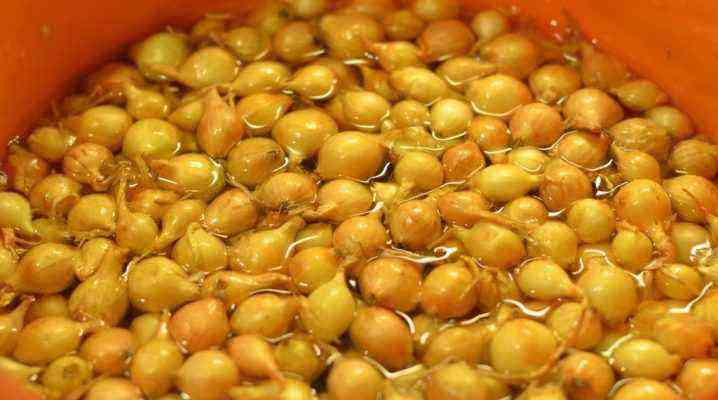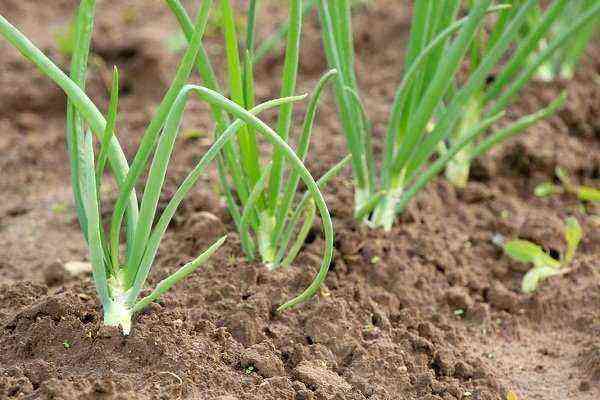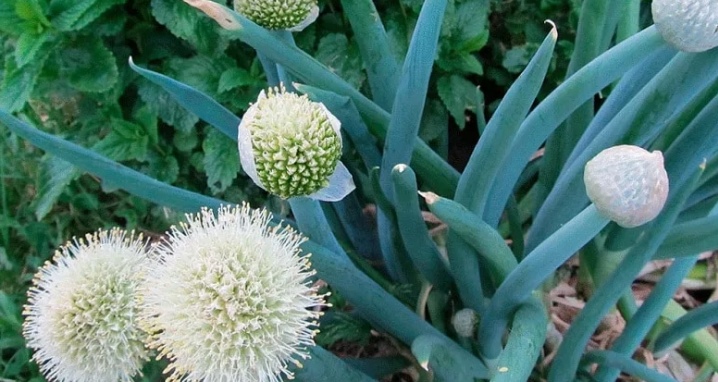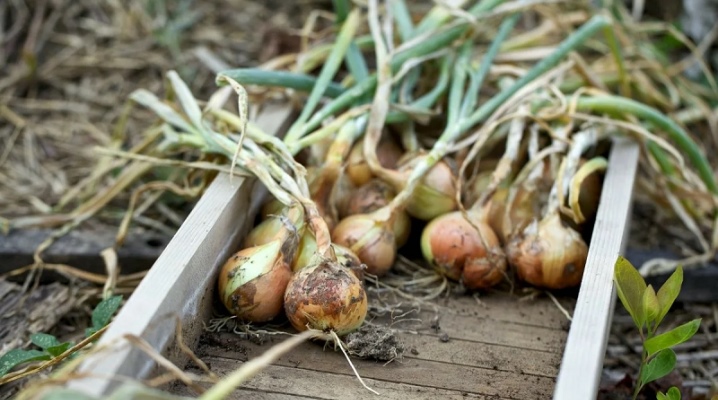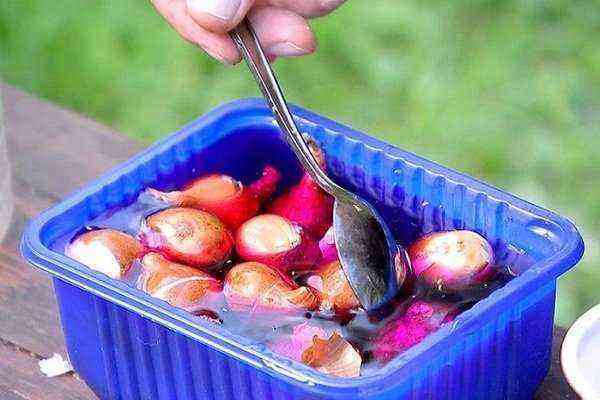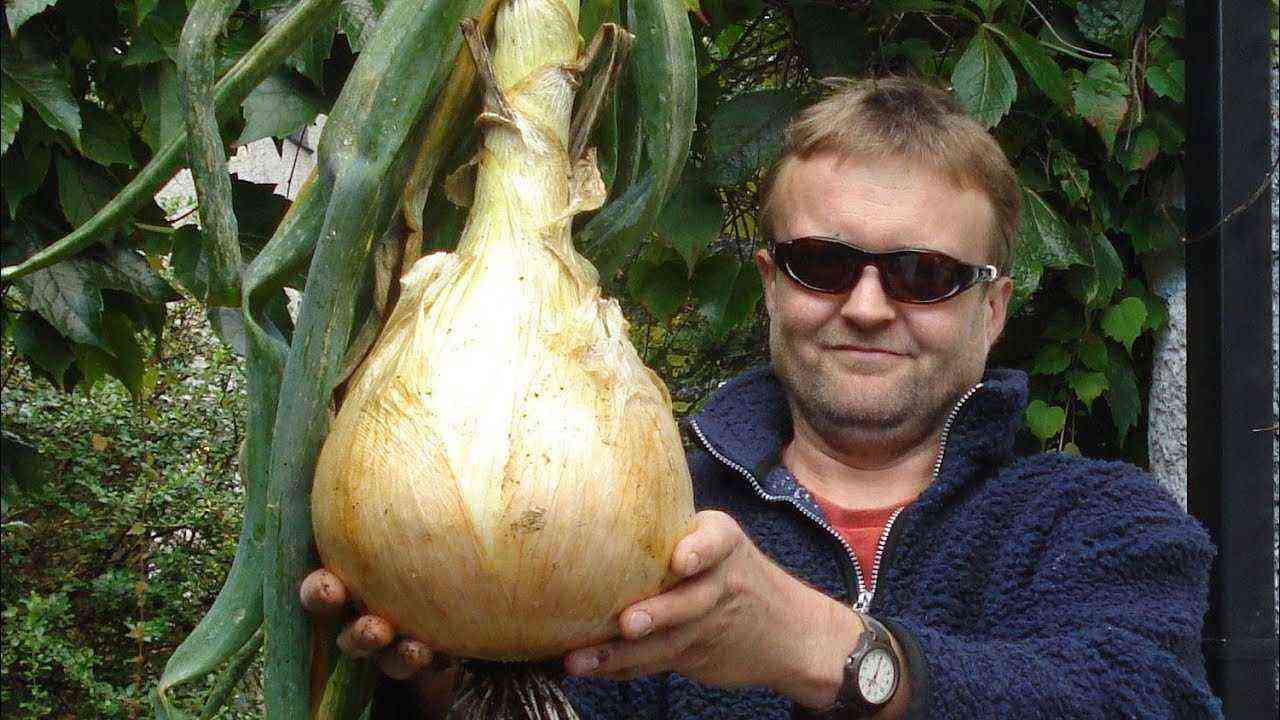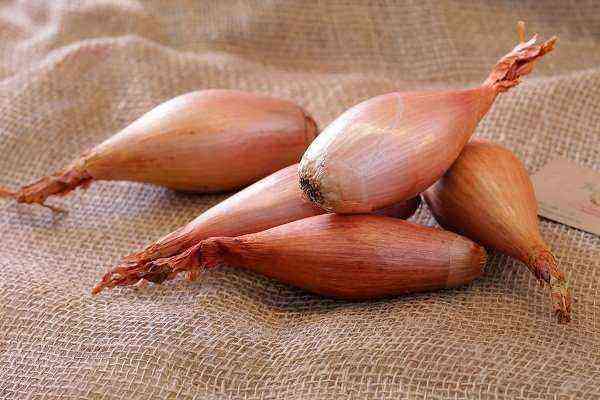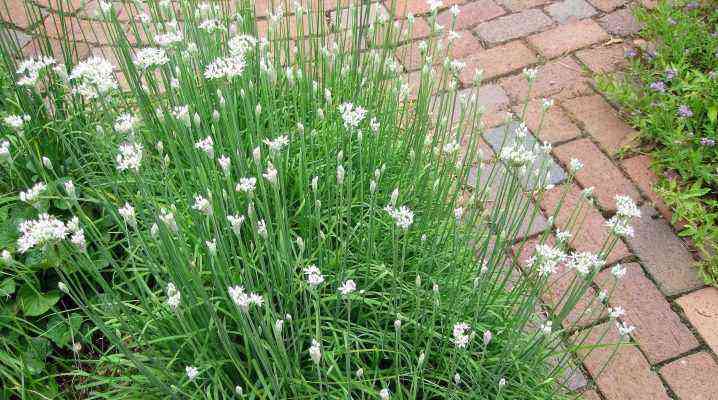
The ability to grow onions from seeds is a skill that will come in handy for any gardener. In general, this process is not particularly difficult.
Variety choice
Not every onion variety is suitable for growing from seed. It is recommended to give preference to early-ripening varieties, the growing season of which is from 90 to 100 days. The characteristics of the selected variety must correspond to the climatic features of the region in which the crop will be bred. If the onion is to be stored for a long winter, then it is better to choose varieties with heads weighing more than 400 grams, as well as good keeping quality.
Despite the fact that multi-germ varieties, the nests of which consist of several heads, will allow you to get a bountiful harvest, it is better to give preference to low-bearing varieties, bulbs which will receive the maximum amount of nutrients.
- So, the Dutch “Exhibition” is suitable for seed propagation. Despite the fact that the variety is mid-season, it has strong immunity and pleases gardeners with large fruits, the weight of which reaches 600 grams, in addition, they are stored without problems for 3-4 months.
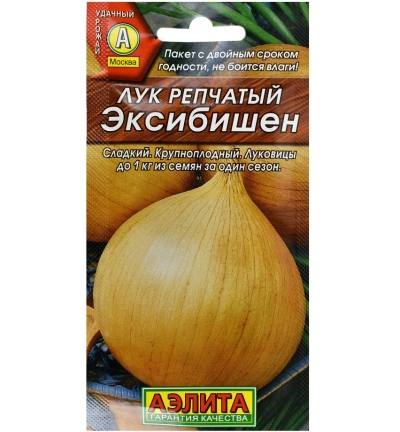
- Universal “Siberian annual”, grown for both turnip and feather, is suitable for storage even in cold climates. The weight of non-shooting bulbs is about 50 grams.
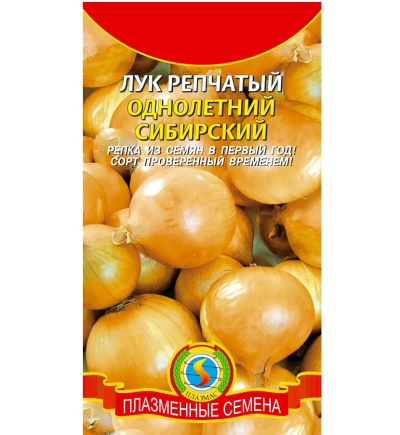
- At the early “Shaman” small fruits weighing from 50 to 90 grams appear. They are not afraid of the lack of watering and feel good even on compacted beds.
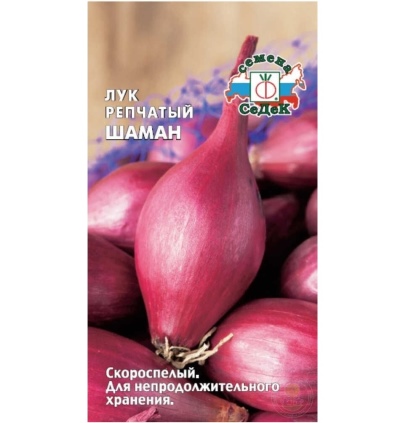
- Early ripe “Farmer” designed for the Central region. In this unpretentious variety, sharp onions weighing from 80 to 110 grams quickly ripen, which are saved even until spring.
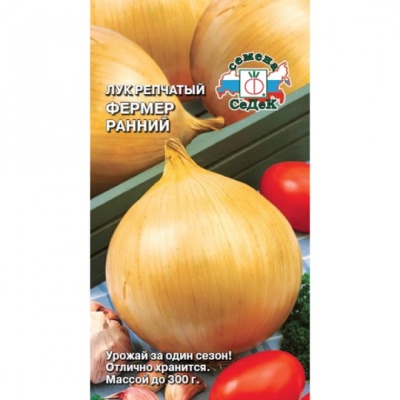
- Centaur matures well towards the end of the season. The weight of root crops with excellent keeping quality can be from 150 to 300 grams.
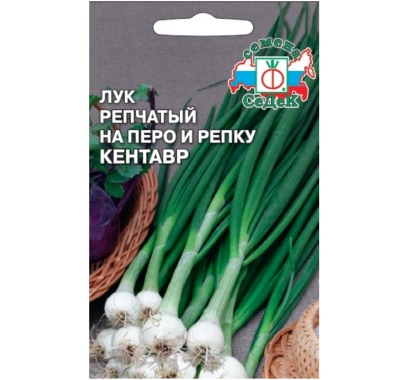
- The varieties bred by breeders are quite successful. For example, Albion F1 allows you to get fruits with a weak taste, the weight of which ranges from 70 to 100 grams. It successfully copes with frost and drought, and the collected bulbs are stored in the winter.
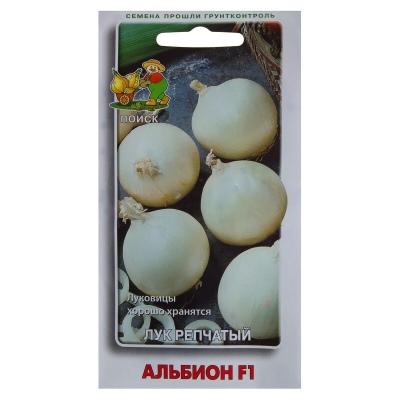
- У Copra F1, ideal for the Central Black Earth and Far Eastern regions, semi-sharp onions weighing from 30 to 40 grams ripen.
The harvest is stored until the next season.
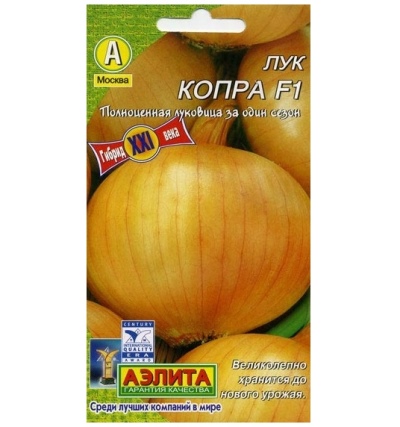
Terms of planting
It is possible to plant onions for seedlings almost from the beginning of spring, and it is customary to send seedlings to open ground as soon as they reach the age of 45-50 days. However, one should, of course, be guided by the climatic features of the region.
- In the Central Region, including the Moscow region, sowing seeds is carried out at the end of March. The temperature at which the plant is planted in open ground occurs in the second half of May.
- In Siberia onions are most often grown indoors, and therefore they can be planted at any time.
- in the Leningrad region, where the warm period lasts from 107 to 137 days, seedlings are planted in early summer. To meet the deadline, sowing seeds should be arranged in early April.
- In the Urals, whose climate does not differ in stability, work with planting material is carried out from the end of March to the first decade of April.
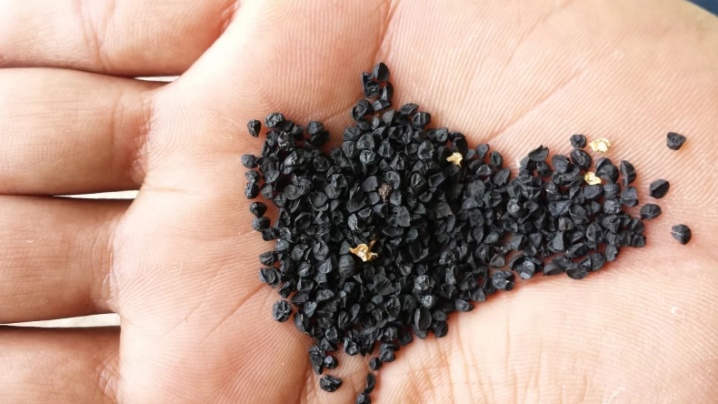
Selection and preparation of material
To obtain onion seeds, it is necessary to cut off the small “boxes” in which they are formed, right along with an arrow 30 centimeters long. The number of grains can vary in different boxes, besides, they ripen unevenly, from the top to the bottom. As soon as these black formations appear, the seed can begin to be collected. Since the seeds are very small, they have to be removed in a special way. Left arrows are tied with bouquets and hung in a darkened space with good ventilation.
The floor under them is covered with newspapers or a white cloth. Drying up, the seeds will fall down – this will be a signal that they have reached maturity. Next, they will need to be evaluated by flooding with salt water, leaving for 5 minutes and shaking. The ones that pop up will need to be thrown away. The selected material is washed, dried, ventilated and laid out in paper envelopes. They can be stored in a dry space for 3 years
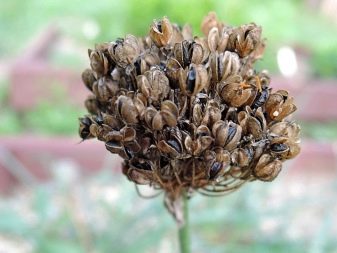
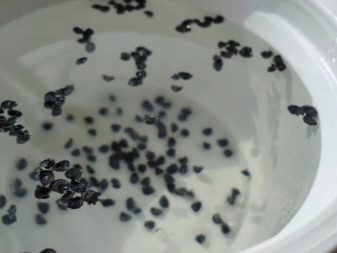
Immediately before landing, the “box” will need to be disinfected. This is done in several ways. In the first case, the seeds are immersed in water heated to +3 degrees for 70 minutes, and then sent to a cold liquid for several minutes. The second method involves wrapping the material in a cloth and putting it away for a quarter of an hour in water heated to plus 45-50 degrees. Upon completion of the “box” should be in cold water for 1 minute.
For disinfection, seeds can also be hardened: put on a saucer covered with gauze and pour warm water. After 24 hours, the gauze is soaked with cold water, and the entire system is removed for a couple of days in the refrigerator.
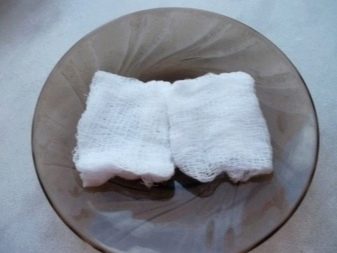

Seed sowing
Despite the fact that it is customary to grow seedlings at home, in some cases it is proposed to sow seeds immediately in a greenhouse.
In boxes
The easiest way is to plant the material in boxes, containers, pots or cassettes – that is, typical containers for seedlings. Prepared seeds are recommended to hold an additional couple of hours in a growth stimulator – in aloe juice or Epin, a couple of drops of which are diluted in 100 milliliters of water. Washed and dried “boxes” are sown so that about 1 centimeter remains between them, and the row spacing reaches 4-6 centimeters. An impromptu bed is sprinkled with earth so that a layer of about 1-2 centimeters is obtained. It is customary to use 2-3 seeds for each cassette, and in larger containers – about 20 grams per square meter.
Landings are tightened with cling film and transferred to a room where the temperature is maintained from +24 to +25 degrees. The onion will remain in this state until germination, and then the coating will have to be removed, and the temperature should be lowered to plus 14 – 16 degrees to avoid excessive stretching. Seedlings will need to be fed from time to time, for example, with infusion of chicken manure diluted with water in a ratio of 1: 10. For transplanting into open ground, you will need to wait until 3-4 full-fledged leaves appear, which can take from 40 to 60 days.
In “snails”
Growing onion seedlings in “snails” also looks interesting.. To create these designs, you need toilet paper and a disposable diaper, cut into strips 10 centimeters wide. The diaper base is covered with paper, after which the surface is moistened with a stimulating drug or aloe juice. In the upper part of the strip lying horizontally, the seeds are laid out with an interval of 1-2 centimeters. Everything is covered with another layer of toilet paper, sprayed with a spray bottle and closed with a diaper.
The whole structure is rolled up and installed vertically in a plastic cup. Water is poured inside so that a layer of 1-1,5 centimeters is obtained at the bottom of the glass. From above, everything is tightened with cling film, in which several holes have already been made. The finished “snail” is left in a darkened room until shoots appear.
By the way, instead of toilet paper, it is proposed to use ordinary soil.
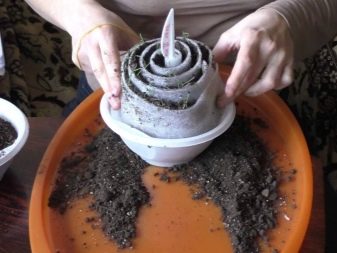
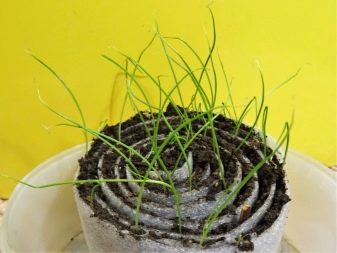
To the greenhouse
Onions grown in a greenhouse require a special fallow bed. First of all, biofuel is laid out on the chosen place, which is then covered with earth. It is important that the soil mixture used does not grow onions before, and also that it forms a layer 10 centimeters thick. At the next stage, greenhouse soil is placed on the bed. It will be possible to get it from 4 parts of greenhouse humus, the same amount of turf, 1 part of rotted sawdust and the same amount of peat chips. Before use, the soil will need to be fertilized: add 1 teaspoon of superphosphate, the same amount of ammonium nitrate and potassium sulfate, and half a glass of wood ash to each bucket of the mixture. By the way, the onion bed should receive enough lighting, and therefore it is better to organize it near the windows.
During planting, the seeds should be placed at intervals of 1 centimeter, and the row spacing is maintained equal to 5 centimeters. Each “box” will have to be deepened by 1,5 centimeters. Upon completion, the surface is covered with humus, sprayed with warm water and, after compaction, mulched with any suitable material. Ideally, the layer of mulch should be 1 centimeter.
Transplantation in open ground
You need to plant seedlings in open ground when they look strong enough.. Seedlings must be inspected for damage and cleaned of diseased or weakened specimens. The roots and green mass are cut off by one third, after which the root system is lowered into a mixture of clay and mullein. If the crop was grown using the greenhouse method, then this is not necessary, since the seedling is transported along with an earthen clod.
In the first couple of weeks in the greenhouse, you will need to maintain a temperature of +18 to +20 degrees. For the next 4-5 days, it drops to plus 10 – 11 degrees. Finally, during the day it will be necessary to maintain heat plus 15 – 16, and at night – from +10 to +12 degrees. In case of night cold snaps, it is better to protect the bed with a special material, for example, agrofibre. Of course, we must not forget about regular ventilation.
It should be mentioned that seedlings may need picking at any time before transplanting into open ground. Landings will also need to be thinned out if the free space between them becomes less than 1,5 – 2 centimeters.
The procedure itself is usually carried out on a sunny warm day.
Plants are arranged on the bed so that the row spacing is 30-55 centimeters, and the space between individual specimens remains equal to 7-10 centimeters. Seedlings will only need to be deepened by 2 centimeters. Next, the bed is irrigated with such an amount of water that each plant receives about a liter. The surface is compacted and mulched, and after 3 days loosening is carried out.
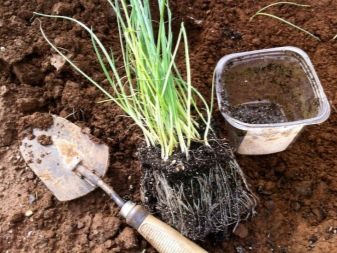

Care
To successfully grow onions from seeds in one year through seedlings, enough attention will have to be paid to caring for the crop. So, it is impossible to grow a turnip for a season without regular watering. Until the root system of the seedlings gets stronger, it will need to be in moist soil all the time. However, as soon as fruits begin to form, irrigation should be reduced. From now on, the plant should receive moisture only as needed.
25 days before harvest, watering ends altogether, so as not to spoil the taste characteristics and keeping quality of the heads. Growing seedlings is also accompanied by regular feeding. 10-15 days after planting in open ground, the culture must be fertilized for the first time. For this purpose, a combination of superphosphate and diluted manure or “Humisol” supplemented with a phosphorus-containing complex is suitable. In the future, it is recommended to feed onions only with mineral fertilizers, excluding all nitrogen-containing preparations from July. By the way, some gardeners prefer to nourish the culture with ammonia for the first time, and then carry out foliar treatments.
To successfully care for the plant, you need to regularly remove weeds and loosen the soil. good
the solution would also be to trim the feathers – this will not only simplify care, but also stimulate the root system and form a neat onion.
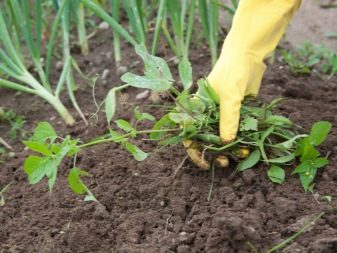
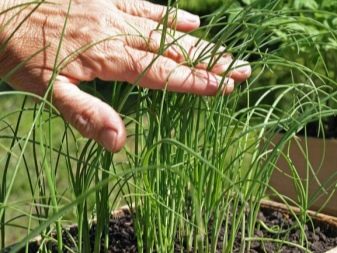
Diseases and pests
If the onion dies from the fact that its bottom begins to rot, then white rot is to blame. Only the use of chemicals such as Hom and Ridomil can help with this, although some gardeners are trying to eliminate the problem by dusting the bulbs with crushed chalk.
With downy mildew, feathers become covered with white and black spots, and red swollen formations form due to rust on the foliage. In both cases, you will have to use purchased funds. If the spots just turn yellow on the culture, then it makes sense to spray the plantings with a universal solution of 1 teaspoon of copper sulfate, a tablespoon of soap shavings and 10 liters of water. To use, however, this tool is offered only from the moment the length of the green mass is 15 centimeters.
Of the pests, onions are most often attacked by the centipede, onion fly and moth, cabbage scoop and nematode. They are controlled by the use of strong insecticides, although you can try spraying the plantings with ammonia or dusting the plants with mustard powder.
